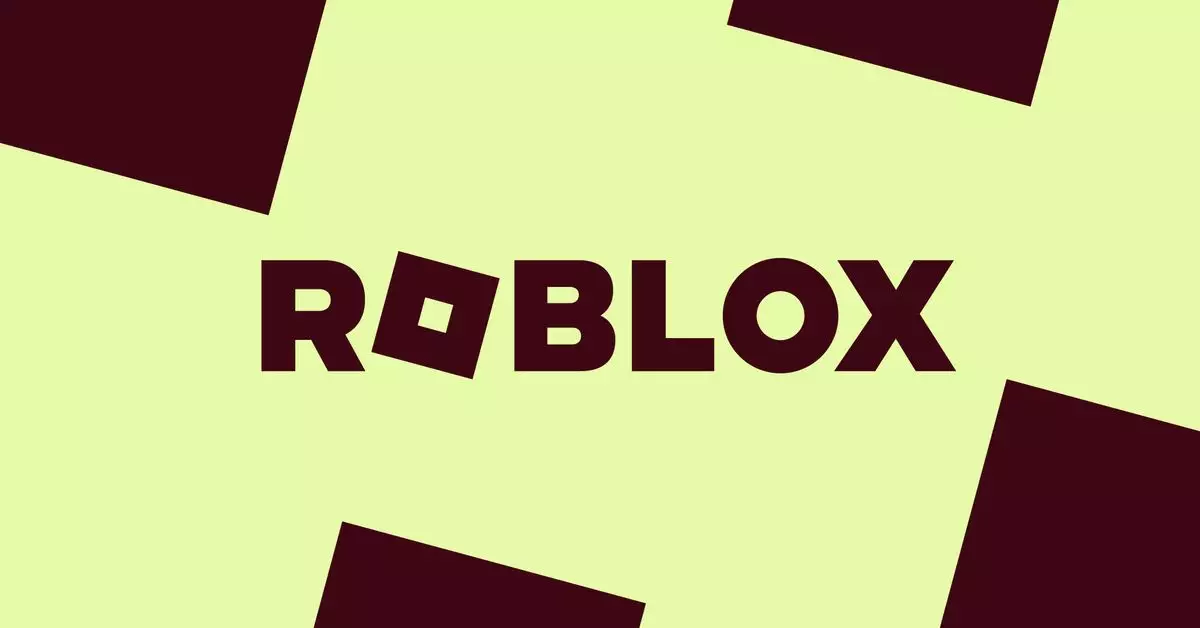As a cornerstone of the gaming community for millions of children around the globe, Roblox has faced intensified scrutiny over its safety protocols, particularly surrounding the experiences offered to underage users. Amidst growing concerns that the platform has not done enough to protect its younger demographic, Roblox is set to unveil significant enhancements to its parental control features. This shift comes on the heels of reports highlighting alarming incidents involving predators and inappropriate content on the platform, leading to regulatory pushes in certain countries, such as Turkey’s ban on Roblox access to safeguard children.
The urgency behind these modifications can be traced to several distressing accounts gathered from investigations and reports targeting the platform’s security measures. A notable instance occurred in a Bloomberg report, which uncovered that children on Roblox have been vulnerable to predatory behavior. Furthermore, accusations of enabling child exploitation were echoed in a recent financial newsletter and a detailed analysis by investment firm Hindenburg Research, which termed parts of the platform as an “X-rated pedophile hellscape.”
These revelations have raised fundamental questions about how well the platform safeguards its younger audience, who are often oblivious to the dangers they might encounter while engaging with user-generated content. Given these alarming trends, the company’s decision to better fortify parental controls makes evident that Roblox is not only responding to public outcry but is also seeking to reform its image as a safe space for kids.
In light of this commitment, Roblox is rolling out several pivotal features aimed at giving parents the power to monitor and control their child’s interaction with the platform. One key initiative is the establishment of new “parent accounts” that allow guardians to oversee their child’s gaming experience directly. By linking their accounts, parents will gain access to detailed insights about their child’s activities, such as daily screen time and friend interactions.
However, amid these advancements, Roblox will also impose certain restrictions. Users under the age of 13 will now require parental approval to utilize specific chat features, raising the bar for the types of interactions children can engage in online. For the youngest users, specifically those under age 9, permissions will be necessary to participate in experiences that have been categorized with a “moderate” content label, indicating they may contain mild violence or less family-friendly humor.
Though these enhancements aim to increase safety, they introduce a degree of concern due to the removal of the option for parents to establish a PIN or utilize account restrictions altogether. While some existing features designed for parental oversight will remain intact, the limitations placed on account management could frustrate parents seeking a more comprehensive control mechanism.
Complementing the enhanced parental controls is an overhaul in how content on Roblox is classified. The platform is transitioning from a system based on age-specific guidelines to a more nuanced approach utilizing content maturity labels. These new labels will offer parents and users clearer insights into the nature of the content available, fostering an environment where informed choices can be made about what is appropriate for children.
This shift comes at a critical juncture, as many parents are demanding transparency regarding the types of experiences their children are exposed to online. By implementing content maturity settings, Roblox attempts to not only comply with community standards but also demonstrate proactive efforts in making the gaming ecosystem age-appropriate for its most vulnerable users.
The announced updates embody Roblox’s dedication to creating a safer online environment, though reactions from parents and stakeholders remain mixed. While many will undoubtedly welcome the additional clarity and oversight, concerns surrounding the system’s limitations may well hinder its effectiveness. Roblox’s management must navigate these waters carefully, balancing the interests of parents, safeguarding children’s interactions, and maintaining the encouraging creativity and community spirit that have made the platform so popular among its young user base.
As Roblox prepares to roll out these new measures, it faces the critical task of clearly communicating the upcoming changes and their implications to its users and parents alike. The success of these initiatives will ultimately depend on how effectively Roblox can implement these safety features while retaining the appeal that has captivated millions of children. Only time will reveal if these measures will sufficiently address the ongoing safety concerns and restore confidence in the platform’s commitment to child safety.

